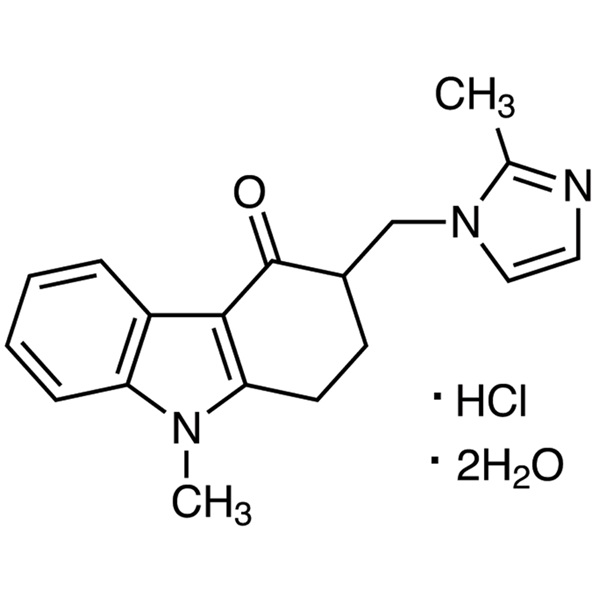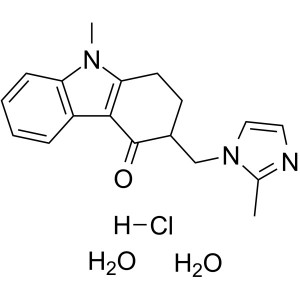Ondansetron Hydrochloride Dihydrate CAS 103639-04-9 Assay 98.0~102.0%
Shanghai Ruifu Chemical is the leading manufacturer of Ondansetron Hydrochloride Dihydrate (CAS: 103639-04-9) with high quality. Ruifu can provide worldwide delivery, competitive price, excellent service, small and bulk quantities available. Purchase Ondansetron Hydrochloride Dihydrate, Please contact: alvin@ruifuchem.com
Related Intermediates of Ondansetron Hydrochloride Dihydrate
| Chemical Name | Ondansetron Hydrochloride Dihydrate |
| Synonyms | Ondansetron HCl Dihydrate; 1,2,3,9-Tetrahydro-9-Methyl-3-[(2-Methyl-1H-imidazol-1-yl)methyl]-4H-Carbazol-4-one Hydrochloride Dihydrate; Emeset; GR 38032 Hydrochloride Dihydrate; SN 307 Hydrochloride Dihydrate; GR 3832 HCl 2H2O; SN-37 HCl 2H2O; NSC665799 HCl 2H2O |
| Stock Status | In Stock, Commercial Scale |
| CAS Number | 103639-04-9 (Dihydrate) |
| Related CAS RN | 99614-02-5 (Base) & 99614-01-4 (Anhydrous) |
| Molecular Formula | C18H19N3O·HCl·2H2O |
| Molecular Weight | 365.86 g/mol |
| Melting Point | 176.0 to 180.0℃ |
| Sensitive | Heat Sensitive |
| Water Solubility | Soluble in Water (>5 mg/ml) |
| Storage Temp. | Cool & Dry Place (2~8℃) |
| COA & MSDS | Available |
| Brand | Ruifu Chemical |
| Items | Inspection Standards | Results |
| Appearance | White to Off-White Crystalline Powder | Complies |
| Identification | ||
| 1. UV | Max 209, 248, 267, 310nm | Qualified |
| 2. IR spectrum | Conforms to Structure | Qualified |
| 3. Discrimination of the Chloride | Forward Reaction | Qualified |
| Water by Karl Fischer | 9.0~10.5% | 9.7% |
| Residue on Ignition | ≤0.10% | 0.03% |
| Heavy Metals (Pb) | ≤10ppm | <10ppm |
| Ondansetron Related Compound C | ≤0.20% | 0.09% |
| Ondansetron Related compound D | ≤0.10% | 0.04% |
| Imidazole | ≤0.20% | 0.02% |
| 2-Methylimidazole | ≤0.20% | 0.02% |
| Ondansetron Related Compound A | ≤0.20% | 0.05% |
| Other Unknown Single Impurity | ≤0.10% | 0.07% |
| Total Impurities | ≤0.50% | 0.29% |
| Residual Solvent | ||
| Ethanol | ≤5000ppm | 240ppm |
| Assay | 98.0~102.0% (Calculated on the anhydrous basis) | 99.81% |
| Conclusion | The product has been tested & complies with the specifications | |
Package: Bottle, Aluminium foil bag, 25kg/Cardboard Drum, or according to customer's requirement.
Storage Condition: Store in a tightly closed container. Store in a cool, dry (2~8℃) and well-ventilated warehouse away from incompatible substances. Protect from light and moisture.
Shipping: Deliver to worldwide by air, by FedEx / DHL Express. Provide fast and reliable delivery.
How to Purchase? Please contact Dr. Alvin Huang: sales@ruifuchem.com or alvin@ruifuchem.com
15 Years Experience? We have more than 15 years of experience in the manufacture and export of a wide range of high quality pharmaceutical intermediates or fine chemicals.
Main Markets? Sell to domestic market, North America, Europe, India, Korea, Japanese, Australia, etc.
Advantages? Superior quality, affordable price, professional services and technical support, fast delivery.
Quality Assurance? Strict quality control system. Professional equipment for analysis include NMR, LC-MS, GC, HPLC, ICP-MS, UV, IR, OR, K.F, ROI, LOD, MP, Clarity, Solubility, Microbial limit test, etc.
Samples? Most products provide free samples for quality evaluation, shipping cost should be paid by customers.
Factory Audit? Factory audit welcome. Please make an appointment in advance.
MOQ? No MOQ. Small order is acceptable.
Delivery Time? If within stock, three days delivery guaranteed.
Transportation? By Express (FedEx, DHL), by Air, by Sea.
Documents? After sales service: COA, MOA, ROS, MSDS, etc. can be provided.
Custom Synthesis? Can provide custom synthesis services to best fit your research needs.
Payment Terms? Proforma invoice will be sent first after confirmation of order, enclosed our bank information. Payment by T/T (Telex Transfer), PayPal, Western Union, etc.
Risk Codes
R25 - Toxic if swallowed
R36/37/38 - Irritating to eyes, respiratory system and skin.
Safety Description
S45 - In case of accident or if you feel unwell, seek medical advice immediately (show the label whenever possible.)
S37/39 - Wear suitable gloves and eye/face protection
S26 - In case of contact with eyes, rinse immediately with plenty of water and seek medical advice.
UN IDs UN 2811 6.1/PG 3
WGK Germany 3
RTECS FE6375500
HS Code 29339900
Hazard Class 6.1(a)
Packing Group II
Ondansetron Hydrochloride Dihydrate (CAS: 103639-04-9) is a specific serotonin (5-HT3) receptor antagonist. Antiemetic. Ondansetron Hydrochloride Dihydrate is used to prevent nausea and vomiting that may be caused by surgery, cancer chemotherapy, or radiation treatment. The 5-HT3 receptor antagonists in Ondansetron are the primary drugs used to treat and prevent chemotherapy-induced nausea and vomiting and radiotherapy-induced nausea and vomiting, through blocking the actions of chemicals in the body. The efficacy is better than metoclopramide while less sedating than cyclizine or droperidol. However, it has little effect on vomiting caused by motion sickness. It can be given by mouth, by injection into a muscle or into a vein.
Ondansetron and Granisetron, Dolasetron are three common clinically used antiemetics, ondansetron is an effective serotonin (5-HT3) receptor blocker which is reversible and selective, for α1, α2, β1, β2-adrenergic receptors and the histamine H1, H2 receptors ,it has the minimal effect ,for H receptors, central and peripheral dopaminergic receptors ,it has no antagonistic effect ,it can suppress the chemotherapy and radiotherapy-induced nausea and vomiting. Compared with metoclopramide, its antiemetic effect is stronger and it has no extrapyramidal reactions. For vomiting induced by cisplatin, cyclophosphamide, doxorubicin, etc. it can produce rapid and strong antiemetic effect. It is suitable not only for the treatment of nausea and vomiting caused by the cytotoxic chemotherapy and radiation therapy, but also for the prevention and treatment of nausea and vomiting induced by surgeries. Ondansetron works as a transit point between the visceral afferent nerve activated in the gastrointestinal tract and vomiting center within the spinal cord , which leads to the diaphragm and abdominal muscles movements. Chemotherapy and radiation therapy can cause intestinal 5-HT release and cause vagus nerve stimulation by 5-HT3 receptor ,which causes vomiting reflex. This product blocks this reflex occurring ,at the same time it blocks the vomiting triggered by the central action. The mechanism about postoperative nausea and vomiting is unknown. Ondansetron in combination with dexamethasonecan can enhance the anti-emetic effect.
This causes vagal afferent discharge, inducing vomiting. In binding to 5-HT3 receptors, ondansetron blocks serotonin stimulation, hence vomiting, after emetogenic stimuli such as cisplatin. Headache is the most frequently reported adverse effect of these medications.
A poison by intravenous route.Human systemic effects by intravenous route: jaundice. When heated to decomposition it emits toxic vapors ofNOx.
Used as an antiemetic when conventional antiemetics are ineffective, such as when administering cisplatin or for other causes of intractable vomiting. The use of ondansetron in cats is somewhat controversial and some state it should not be used in this species.
Drug interactions Potentially hazardous interactions with other drugs.
1,2,3,9-Tetrahydro-9-methyl-4H-carbazol-4-one.
1,2,3,9-Tetrahydro-9-methyl-3-methylene-4H-carbazol-4-one.
| Standard solution | Dilution | Concentration (µg RS per mL) | Percentage (%, for comparison with test specimen) |
| A | (1 in 5) | 50 | 0.4 |
| B | (1 in 10) | 25 | 0.2 |
| C | (1 in 20) | 12.5 | 0.1 |
Test solution-Dissolve an accurately weighed quantity of Ondansetron Hydrochloride in methanol to obtain a solution containing 12.5 mg per mL.Procedure-Separately apply 20 µL of the Test solution, 20 µL of each Standard solution, and 20 µL of the Resolution solution to a thin-layer chromatographic plate (see Chromatography ![]() 621
621![]() ) coated with a 0.25-mm layer of chromatographic silica gel mixture. Develop the chromatogram in a solvent system consisting of a mixture of chloroform, ethyl acetate, methanol, and ammonium hydroxide (90:50:40:1) until the solvent front has moved about three-fourths of the length of the plate. Remove the plate from the chamber, mark the solvent front, and allow the solvent to evaporate. Examine the plate under short-wavelength UV light: complete resolution of the three components of the Resolution solution spot is found. Compare the intensities of any secondary spots observed in the chromatogram of the Test solution with those of the principal spots in the chromatograms of the Standard solutions: any secondary spot from the chromatogram of the Test solution having an RF value corresponding to that of the uppermost secondary spot of the Resolution solution is not larger or more intense than the principal spot obtained from Standard solution A (0.4%); and no other secondary spot from the chromatogram of the Test solution is larger or more intense than the principal spot obtained from Standard solution B (0.2%).
) coated with a 0.25-mm layer of chromatographic silica gel mixture. Develop the chromatogram in a solvent system consisting of a mixture of chloroform, ethyl acetate, methanol, and ammonium hydroxide (90:50:40:1) until the solvent front has moved about three-fourths of the length of the plate. Remove the plate from the chamber, mark the solvent front, and allow the solvent to evaporate. Examine the plate under short-wavelength UV light: complete resolution of the three components of the Resolution solution spot is found. Compare the intensities of any secondary spots observed in the chromatogram of the Test solution with those of the principal spots in the chromatograms of the Standard solutions: any secondary spot from the chromatogram of the Test solution having an RF value corresponding to that of the uppermost secondary spot of the Resolution solution is not larger or more intense than the principal spot obtained from Standard solution A (0.4%); and no other secondary spot from the chromatogram of the Test solution is larger or more intense than the principal spot obtained from Standard solution B (0.2%).
in which C is the concentration, in mg per mL, of USP Ondansetron Hydrochloride RS in the Standard solution; W is the weight, in mg, of Ondansetron Hydrochloride taken to prepare the Test solution; F is the relative response factor of the impurities as described in the accompanying table; ri is the peak area for each impurity in the Test solution; and rS is the peak area of ondansetron obtained from the Standard solution: it meets the requirements given in the accompanying table.
| Compound Name | Relative Retention Time | Relative Response Factor |
Limit (%) |
|---|---|---|---|
| Ondansetron related compound C | about 0.32 | 1.2 | 0.2 |
| Ondansetron related compound D* | about 0.34 | — | 0.1 |
| Imidazole | about 0.49 | 0.3 | 0.2 |
| 2-methylimidazole | about 0.54 | 0.4 | 0.2 |
| Ondansetron | 1.0 | — | — |
| Ondansetron related compound A | about 1.10 | 0.8 | 0.2 |
| Unknown | — | 1.0 | 0.1 |
| Total | — | — | 0.5 |
|
* Quantified in the test for Limit of ondansetron related compound D.
|
|||
in which C is the concentration, in mg per mL, of USP Ondansetron Hydrochloride RS in the Standard preparation; and rU and rS are the peak areas obtained from the Assay preparation and the Standard preparation, respectively.
Method 1: After the reaction of 2-Bromoaniline and 1,3-Cyclohexanedione, the tetrahydrocarbazole derivative is formed, and the compound (III) is obtained by reacting with dimethylamine and diformaldehyde, and introducing dimethylaminomethyl at the 2-position. 3.80G of compound (III) was reacted with methyl iodide to give 5.72g of compound (IV) by quaternizing the side chain amino group while introducing the methyl group at position 9. 2.0g of compound (IV) and 2-methyl-1h-imidazole were reacted in dimethylformamide with stirring at 95℃. To obtain 0.60G of Ondansetron.
Method 2: The reaction of cyclohexanone and phenylhydrazine gave tetrahydrocarbazole in 85% yield. Dissolve it in tetrahydrofuran and water, add 2,3 Dropwise at 0 °c in nitrogen, A solution of 5, 6-tetrachloro-1,4-benzoquinone in tetrahydrofuran was stirred to give the oxidation product (II) in 67.4% yield. Compound (II), ethanol, concentrated hydrochloric acid, paraformaldehyde and dimethylamine hydrochloride were refluxed together. After the treatment, the product (V) was obtained by adding concentrated hydrochloric acid to acetone and stirring at 50℃. In 71.7% yield. Compound (V) and 2-methylimidazole were reacted in water at 110℃. To obtain compound (VI) in 70.9% yield. Compound (VI), methyl iodide and potassium carbonate were stirred at room temperature until the solid disappeared. It was poured into water, stirred, filtered, washed with water, and recrystallized from methanol to obtain ondansetron in 57.2% yield. Dissolve it in a mixture of acetone and water, By adding concentrated hydrochloric acid to the reaction, ondansetron hydrochloride dihydrate was obtained with a yield of 92.6%.
Method 3: compound (II), potassium carbonate, acetone and dimethyl sulfate were stirred at room temperature. Compound (VII) was obtained in a yield of 91%. Compound (VII) was dissolved in ethanol and a mixture of human paraformaldehyde and dimethylamine hydrochloride was added in portions under reflux. Refluxing. After treatment, compound (VIII) was obtained in 67% yield. (Viii) dissolved in anhydrous ethanol, hydrogen chloride gas, its hydrochloride. The hydrochloride was added to water and 2 was added at 50℃. Methylimidazole, refluxing ondansetron, yield 70%. It was dissolved in isopropanol, water and concentrated hydrochloric acid, and stirred at room temperature to obtain ondansetron hydrochloride dihydrate in a yield of 90.5%.
-
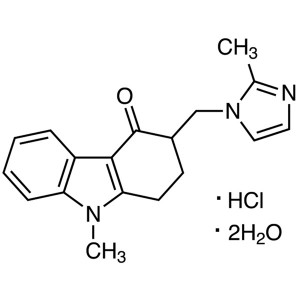
Ondansetron Hydrochloride Dihydrate CAS 103639-...
-
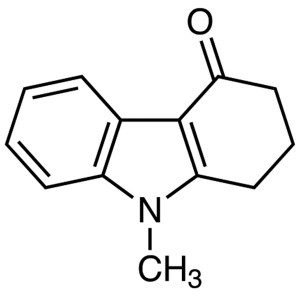
1,2,3,9-Tetrahydro-9-Methyl-4H-Carbazole-4-one ...
-
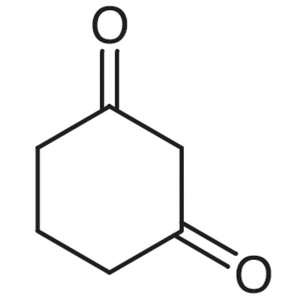
1,3-Cyclohexanedione CAS 504-02-9 Purity >99.0%...
-
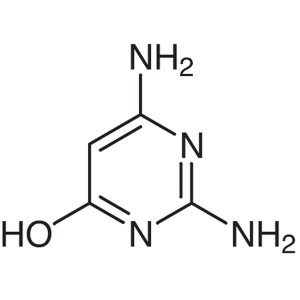
2,4-Diamino-6-Hydroxypyrimidine CAS 56-06-4 Pur...
-
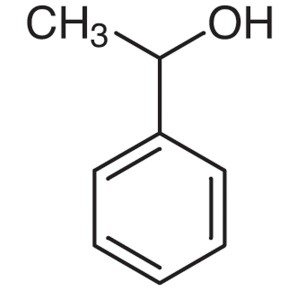
1-Phenylethanol CAS 98-85-1 Purity >99.0% (GC)
-
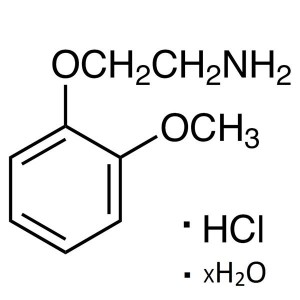
2-(2-Methoxyphenoxy)ethylamine Hydrochloride Hy...
-
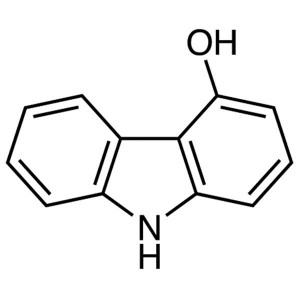
4-Hydroxycarbazole CAS 52602-39-8 Carvedilol In...
-
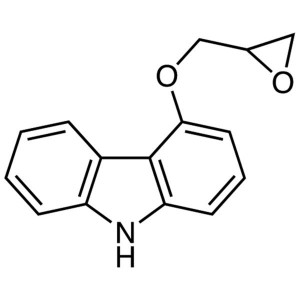
4-(2,3-Epoxypropoxy)carbazole CAS 51997-51-4 Ca...
-
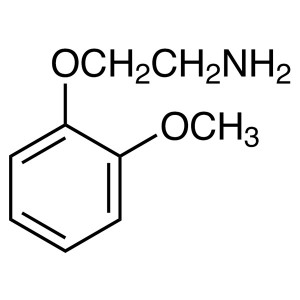
2-(2-Methoxyphenoxy)ethylamine CAS 1836-62-0 Ca...
-
![N-[2-(2-Methoxyphenoxy)ethyl]benzylamine HCl CAS 3246-03-5 Carvedilol Intermediate Purity ≥98.0% (HPLC)](https://www.ruifuchem.com/uploads/CAS-3246-03-5-Factory-Shanghai-Ruifu-Chemical-Co.-Ltd.-www.ruifuchem.com_-300x300.png)
N-[2-(2-Methoxyphenoxy)ethyl]benzylamine HCl CA...
-
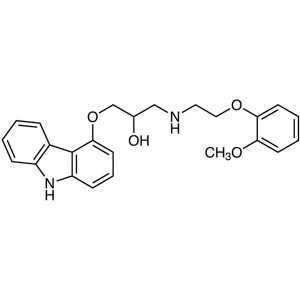
Carvedilol CAS 72956-09-3 Purity >99.0% (HPLC)
-
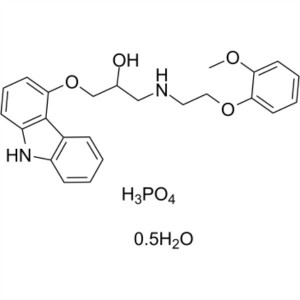
Carvedilol Phosphate Hemihydrate CAS 610309-89-...
-
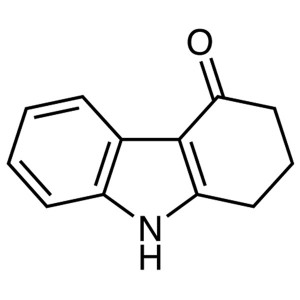
1,2,3,4-Tetrahydrocarbazol-4-one CAS 15128-52-6...
-
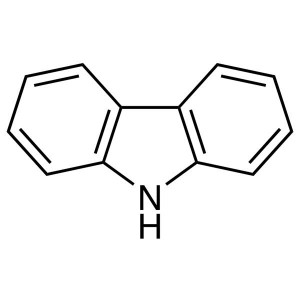
Carbazole CAS 86-74-8 Purity ≥98.0% (HPLC) High...
-
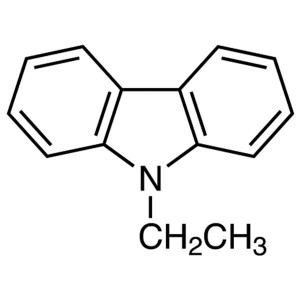
N-Ethylcarbazole CAS 86-28-2 (9-Ethylcarbazole)...
-
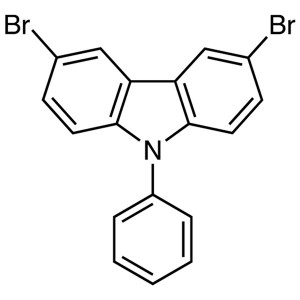
3,6-Dibromo-9-Phenylcarbazole CAS 57103-20-5 Pu...

